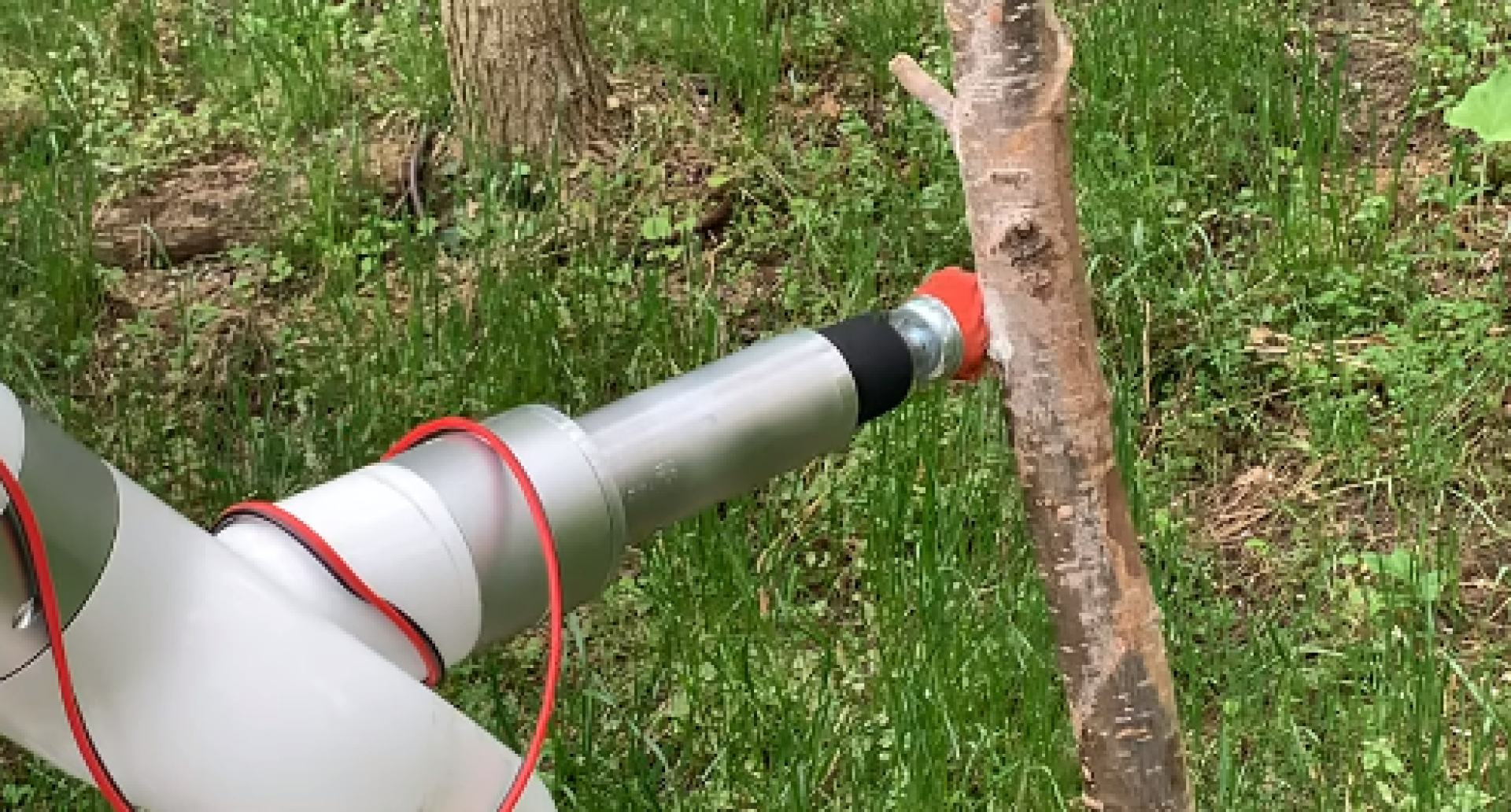Seen something unusual? MAKE A REPORT
Seen something unusual? MAKE A REPORT

Researchers from Carnegie Mellon University in Pennsylvania have developed an autonomous robot called TartanPest to combat the spread of the invasive Spotted Lanternfly.
In Pennsylvania alone, the economic impact of these pests can amount to $300 million annually.
The robot uses an all-electric tractor, a robotic arm, and computer vision to navigate fields and forests, identifying and eliminating Spotted Lanternfly egg masses.
These egg masses, which contain 30-50 eggs, are commonly found on various surfaces such as trees, rocks, outdoor furniture, and rusty metal objects.
"Currently, the lanternflies are concentrated in the eastern portion of the USA, but they are predicted to spread to the whole country," said Carolyn Alex, an undergraduate researcher on the TartanPest team. "By investing in this issue now, we will be saving higher costs in the future."
Read more, and watch the robot in action, here.
The Spotted Lanternfly isn’t in New Zealand and is one of our Most Unwanted, with a high likelihood of establishment and potentially high production impacts.
Image: TartanPest pairs computer vision with a robotic arm attached to an electric tractor to detect and destroy Spotted Lanternfly egg masses.

KVH investigates reports of unusual symptoms to identify and manage any biosecurity risks.
The KVH portal is now the Zespri Weather & Disease Portal. Access all the weather tools you're familiar with.
